
Babine Copper Gold Project
Advancing Copper-Gold Exploration in British Columbia’s Prolific Babine Porphyry District
The Babine Copper-Gold Project encompasses four strategically located claim blocks totaling approximately 5,234 hectares in the renowned Babine copper-gold porphyry district of north-central British Columbia. This region is celebrated for its significant porphyry deposits and past-producing mines, underscoring its rich mineral endowment.
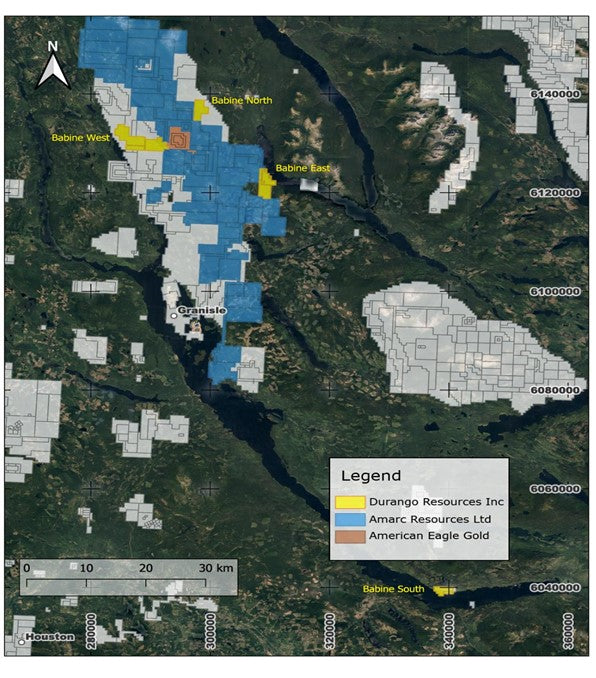
Regional Significance
Situated approximately 80 kilometers north of Smithers, the Babine Region stands as one of British Columbia’s most prolific porphyry copper-gold belts. It hosts notable past-producing mines such as the Bell and Granisle, as well as significant deposits like the Morrison copper-gold deposit. The area benefits from well established infrastructure, including all season roads, Highway 16, and railway access, facilitating efficient exploration and potential development activities. (Quantum Critical Metals is previous Durango Resources on map).
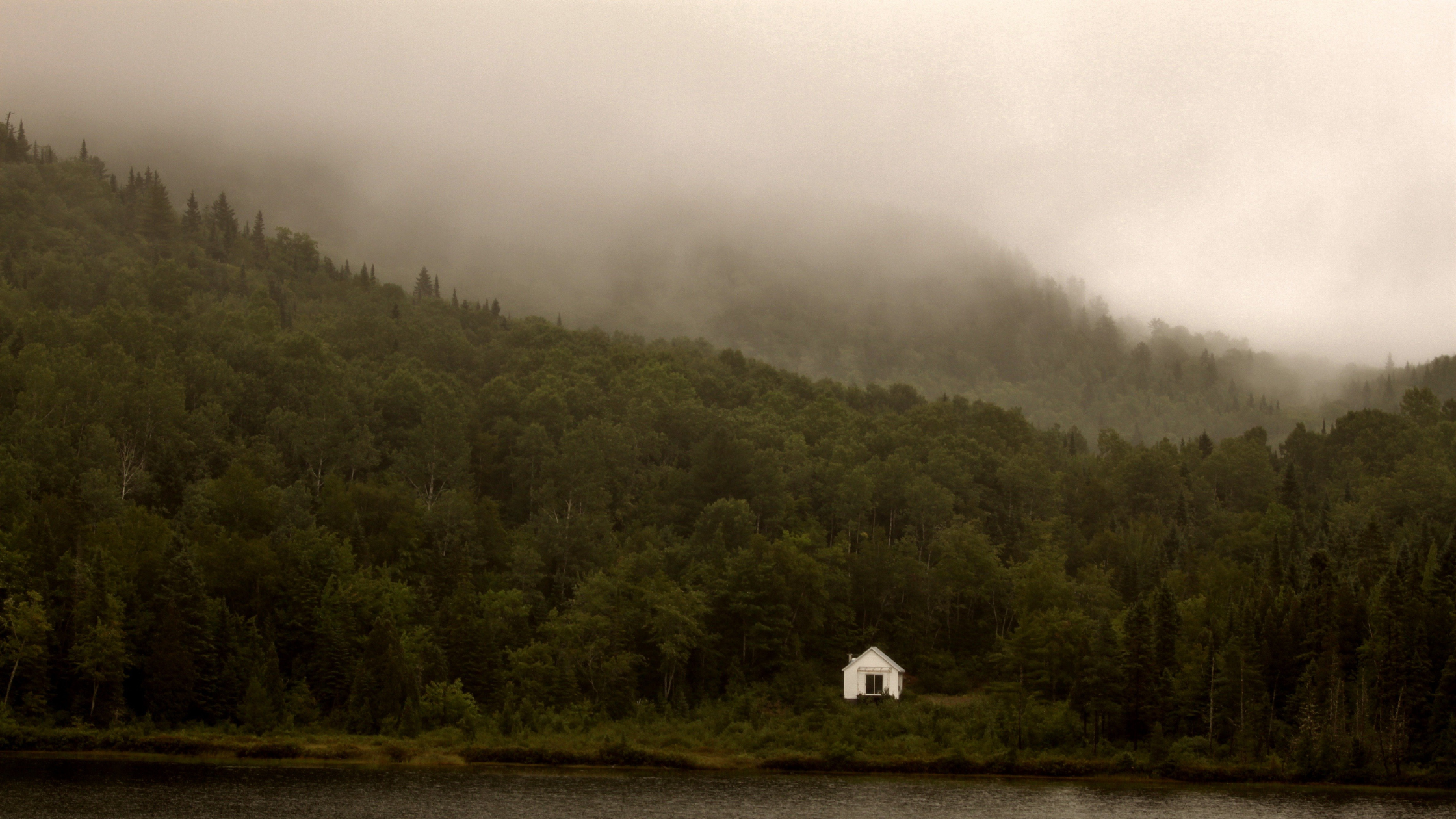
The Babine Project
4 areas defined as Babine West, North, East, and South.

2,303 hectares
Babine West
- Location: Borders the west side of American Eagle’s NAK property (TSXV-AE) and Amarc Resources’ Duke Property (TSXV-AHR).
- Geology: Characterized by a granodiorite stock with phases of quartz monzonite and hornblende biotite feldspar porphyry of the Eocene Babine Intrusion, intersecting grey, locally graphitic siltstones of the Middle to Upper Jurassic Ashman Formation. Notably, pyrite has been identified in six outcrops and chalcopyrite in one, indicating potential mineralization.
- The Babine Copper-Gold Project’s proximity to significant discoveries, such as American Eagle’s NAK project and Amarc Resources’ Duke project, enhances its strategic value.
- Notably, American Eagle reported a drill hole (23-17) returning 302 meters at 1.09% CuEq on the western portion of the NAK property, located less than 2 kilometers from the eastern border of Durango’s Babine West Property.
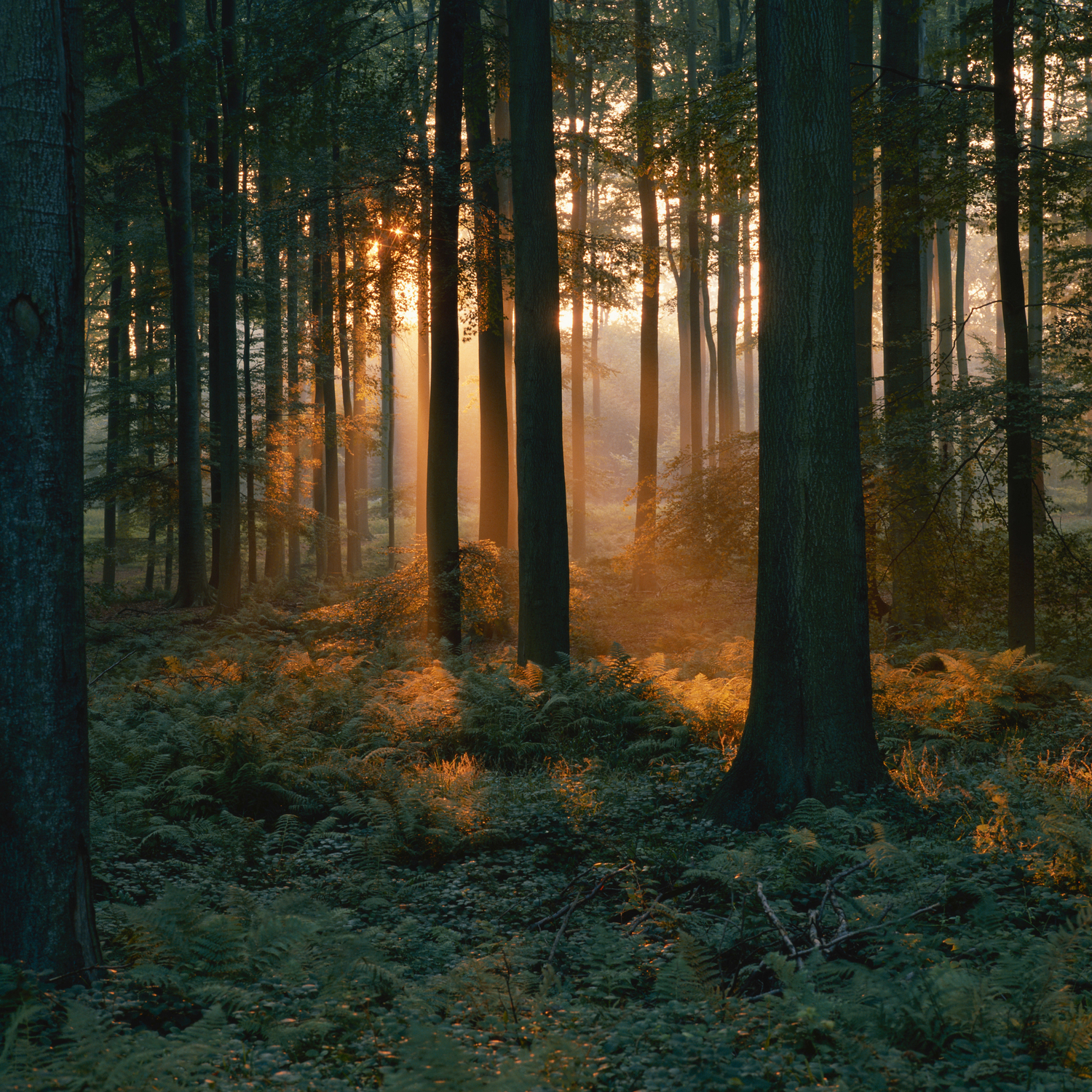
717 Hectares
Babine North
- Location: Covers the historic Friday Red copper Minfile showing, located 90 kilometers east of Hazelton.
- Geology: Comprises gently dipping volcanic rocks and minor interbedded mudstones of the Lower Jurassic Telkwa Formation, intruded by a highly magnetic feldspar porphyry dike, possibly related to the Eocene Babine Plutonic Suite. Minor amounts of chalcopyrite are disseminated in the matrix of amygdaloidal volcanic units at the showing.
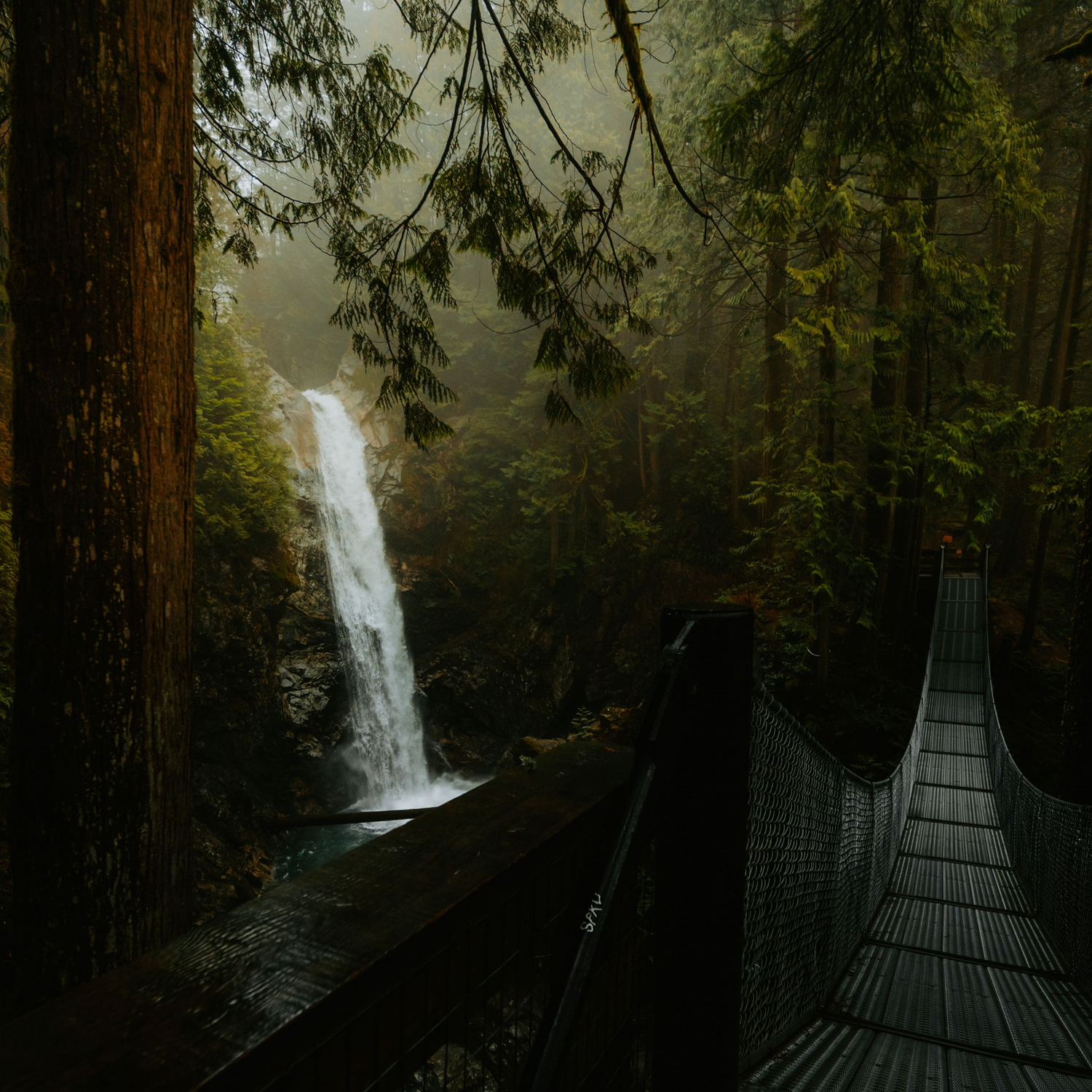
1,144 hectares
Babine East
- Location: Situated along the west side of the northwest arm of Takla Lake, encompassing the historic Minfile Adda showing.
- Geology: Underlain by volcanics and minor sediments. Historical observations include veins of chalcopyrite measuring 5-7.6 cm in width and narrow chalcopyrite seams in andesite just above the lakeshore, with assays reporting 5.49 g/t silver and 10.6% copper with trace gold.

1,070 hectares
Babine South
- Location: Covers the historic Minfile Bol showing on the north side of Babine Lake.
- Geology: The area is underlain by Cache Creek Group greenstone, with mineralization occurring in quartz carbonate veins and shears within foliated greenstone. Mineralization consists of argentiferous galena, sphalerite, tetrahedrite, argentite, chalcopyrite, native silver, pyrrhotite, and pyrite. Historical sampling reported significant silver values, including a sample yielding 2,790 grams per tonne silver.
Babine West Ai Study
The Company has been leveraging novel artificial intelligence-powered exploration technology developed by ExploreTech to help re-process historical geological and geophysical data and identify the highest prospective areas for mineralization on the property.
The ExploreTech AI Exploration Software and process was developed by Stanford University PhD graduates Alex Miltenberger and Tyler Hall. The ExploreTech founders completed their PhDs in Geophysics and Geology, respectively, and have also previously worked with majors such as Freeport McMoRan, Glencore, and Rio Tinto.
Their proprietary AI technology and process leverages government geophysical data, historical property information, and thousands of potential geological scenarios to pinpoint the highest-probability deposit locations and drill targets for a project, if deemed warranted. The technology is particularly effective in porphyry exploration, making it an ideal fit for the Babine West project, but is also effective for other deposit scenarios as well. By providing precise, drill-ready targeting data, including depth, width, orientation, and optimal drill locations, this AI-powered approach significantly reduces the time, cost, and complexity associated with early-stage evaluation, targeting, and exploration. Their innovative platform has already demonstrated proof of concept, achieving significant results for other projects globally. The technology’s success in delivering accurate, high-value exploration targets in the Company’s portfolio provides great promise in its potential to unlock further value for Durango’s shareholders across the Company’s portfolio and the Company intends to continue its work with Explore-Tech across all of its projects.
In completing this study, ExploreTech has identified a total of 4 locations of possible alteration hypothesized to be linked to a porphyry system (circled areas on figure below). ExploreTech believes that the magnetic anomalies observed at Babine West could be caused by northwest trending structures that host early stage porphyry alteration. Given the mineralization that has been found throughout the Babine camp, ExploreTech and the Company’s technical team feel this alteration could indicate the presence of a larger porphyry system at depth.
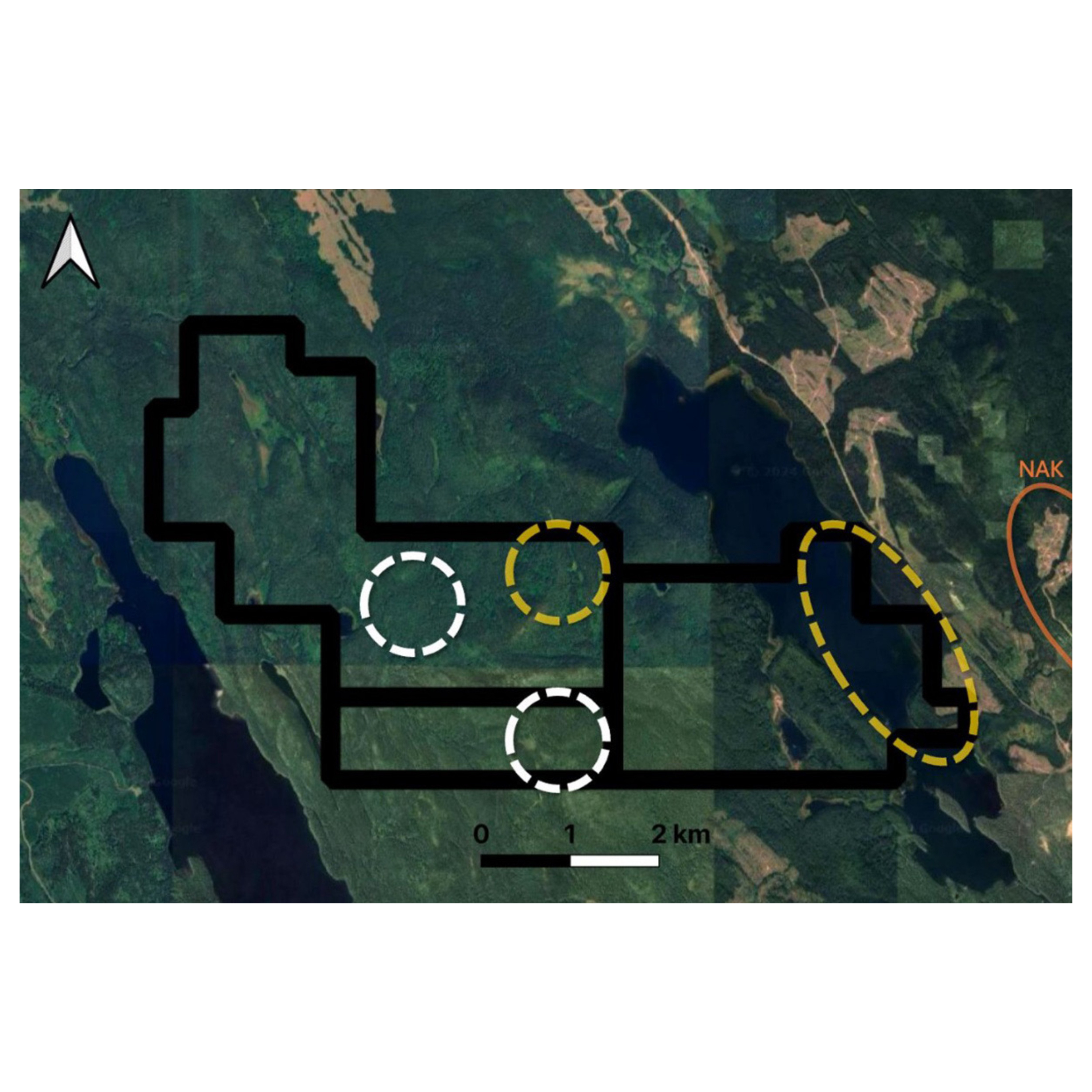
Babine West Sample Results
Deepening the potential for discovery at Babine West, the Company has also received results from a field mapping and sampling program that was completed in the fall of 2024. A total of 43 samples were collected from outcrop and subcrop (under a thin layer of soil) (11 samples), and float/scree (32 samples) in this program. Highlights of this sampling include returns as high as5.72 grams per ton (“gpt”) gold, 1.68% copper, 691 gpt silver, 33.2% lead, 15.7% zinc, and 1100 gpt cadmium. The sampling focused around an area demonstrating a curious topographical feature named Scorched Hill, which coincidentally is also within close proximity to several of the target areas identified through the Company’s AI study. The property is covered by glacial till and vegetation with the central part of the area having the most outcrop and subcrop locations. Figure 3 shows the rock sample locations from 2024 field work.
Babine West Sampling Map

Babine West Sample Results
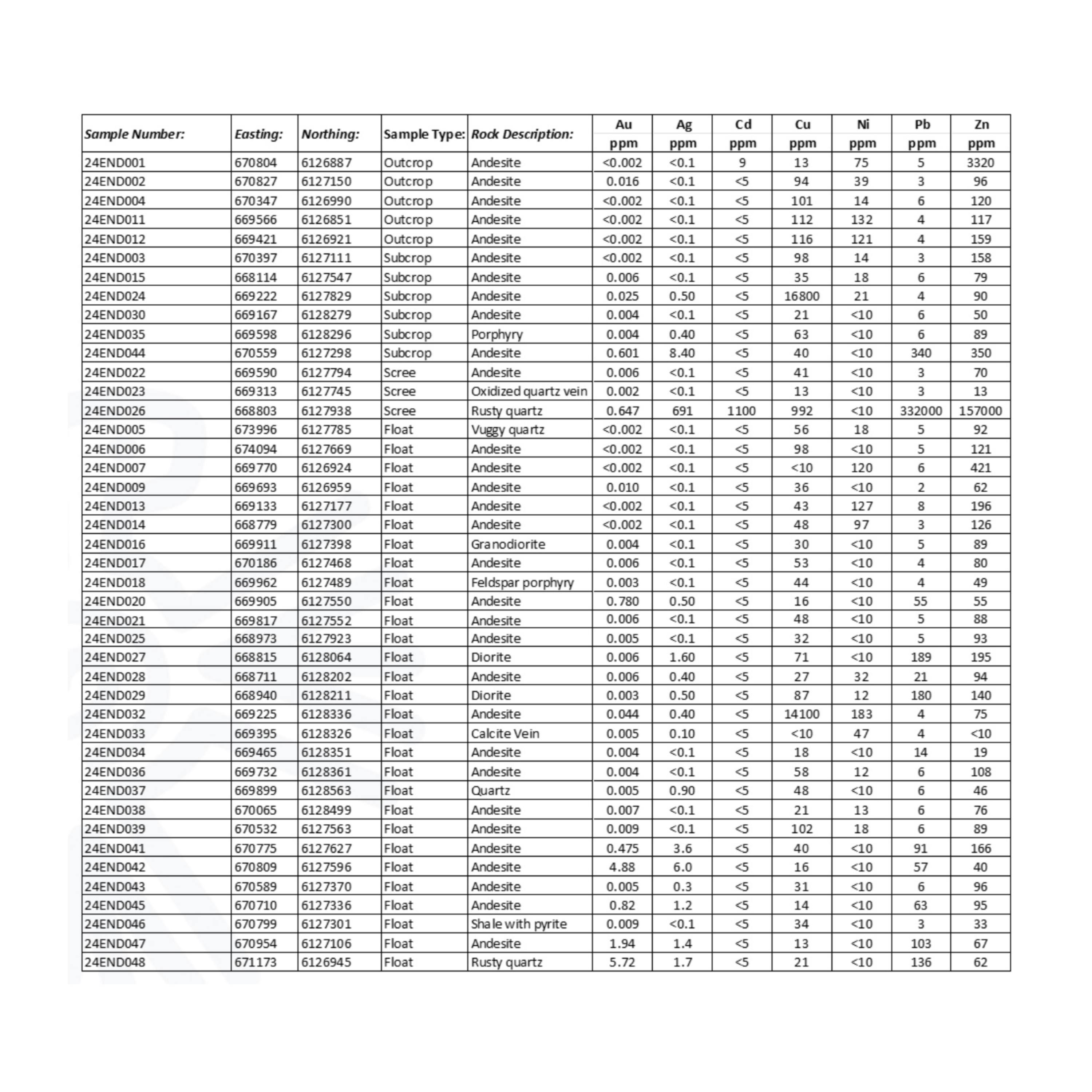
Babine South Sample Results
A field mapping and sampling program was completed in the fall of 2024 and seven (7) samples were collected from outcrop and float/scree in this program. The sampling included returns as high as 3.39 grams per ton (“gpt”) gold, 1% copper, 3430 gpt or 110.3 oz/t silver, 8.04% lead, and 8.86% zinc.
Samples underwent fire assay and ICP-OES and/or ICP-MS multi-element analysis. Table 1 below summarizes sample locations, lithology and assays. The sampling program was concentrated in the southern portion of the claim and the claim boundary has been expanded to the north since the surface sampling program was completed. Marked as white dots on Figure 1, all samples returned anomalous results from Babine South as detailed below:
- 24END001 – Quartz carbonate w chalcopyrite & galena (outcrop) – 143 gpt or 4.6 oz/t Ag, 0.28% Cu, 0.89% Pb, 1.26% Zn
- 24END002 – Quartz w chalcopyrite (float) – 3.39 gpt Au, 3090 gpt or 99.4 oz/t Ag, 0.86% Cu, 8.04% Pb, 8.86% Zn
- 24END003 – Rusty quartz w chalcopyrite & galena (float) – 300 gpt or 9.6 oz/t Ag, 0.38% Cu, 2.26% Pb, 2.41% Cu
- 24END004 – Diorite w rusty quartz carbonate (tailings float) – 3370 gpt or 108.4 oz/t Ag, 0.3% Cu, 3.44% Pb, 1.73% Zn
- 24END005 – Diorite w small quartz stringers (outcrop) – 3430 gpt or 110.3 oz/t Ag, 1% Cu, 7.95% Pb, 8.34% Zn
- 24END006 – Rusty vuggy quartz with chalcopyrite (float) – 89 gpt or 2.9 oz/t Ag, 0.44% Cu, 3.20 Pb, 1.73% Zn
- 24END007 – Rusty quartz with chalcopyrite (outcrop) – 3180 gpt or 102.3 oz/t Ag, 0.74% Cu, 6.98% Pb, 3.03% Zn
Babine South Sample Map

Babine South Sample Results
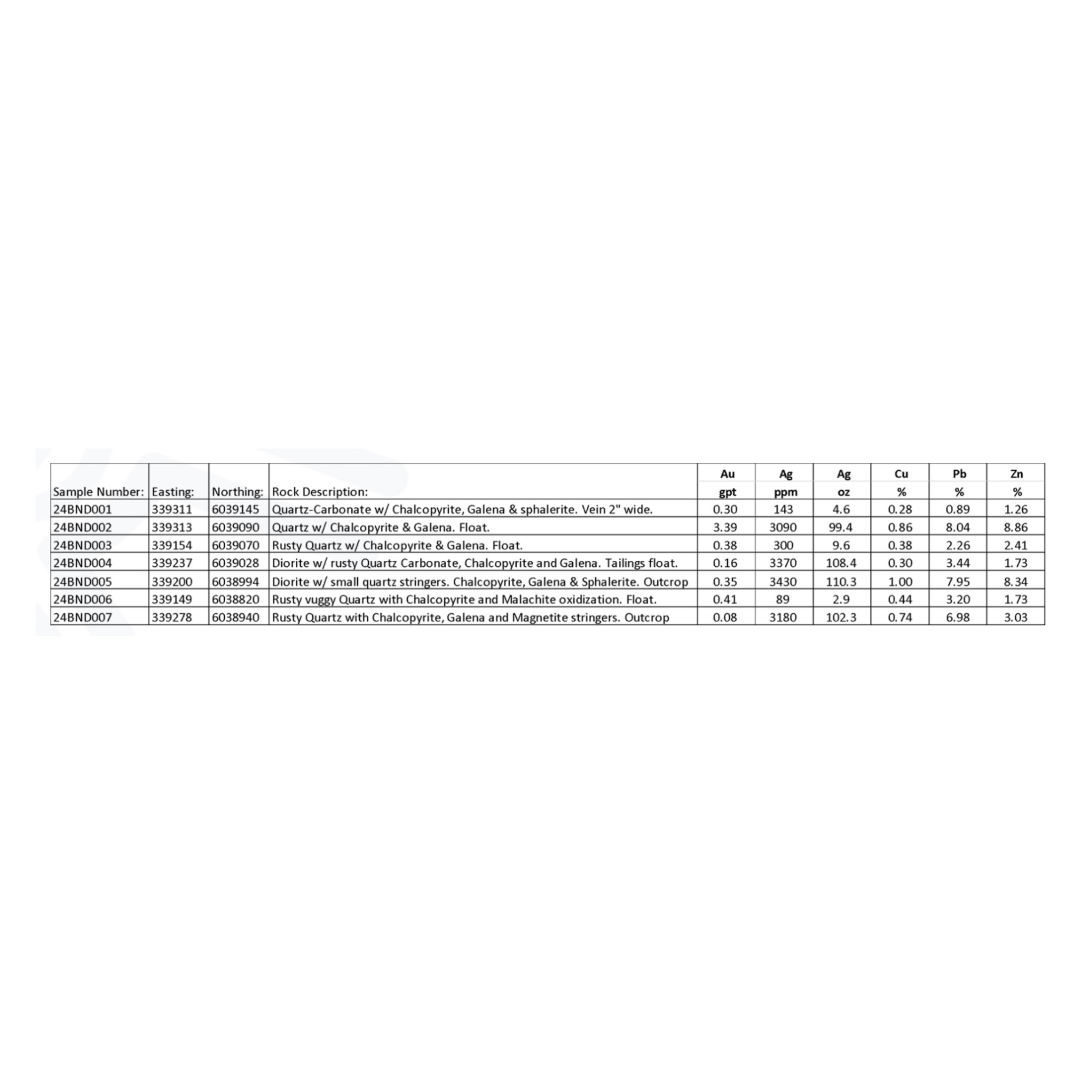
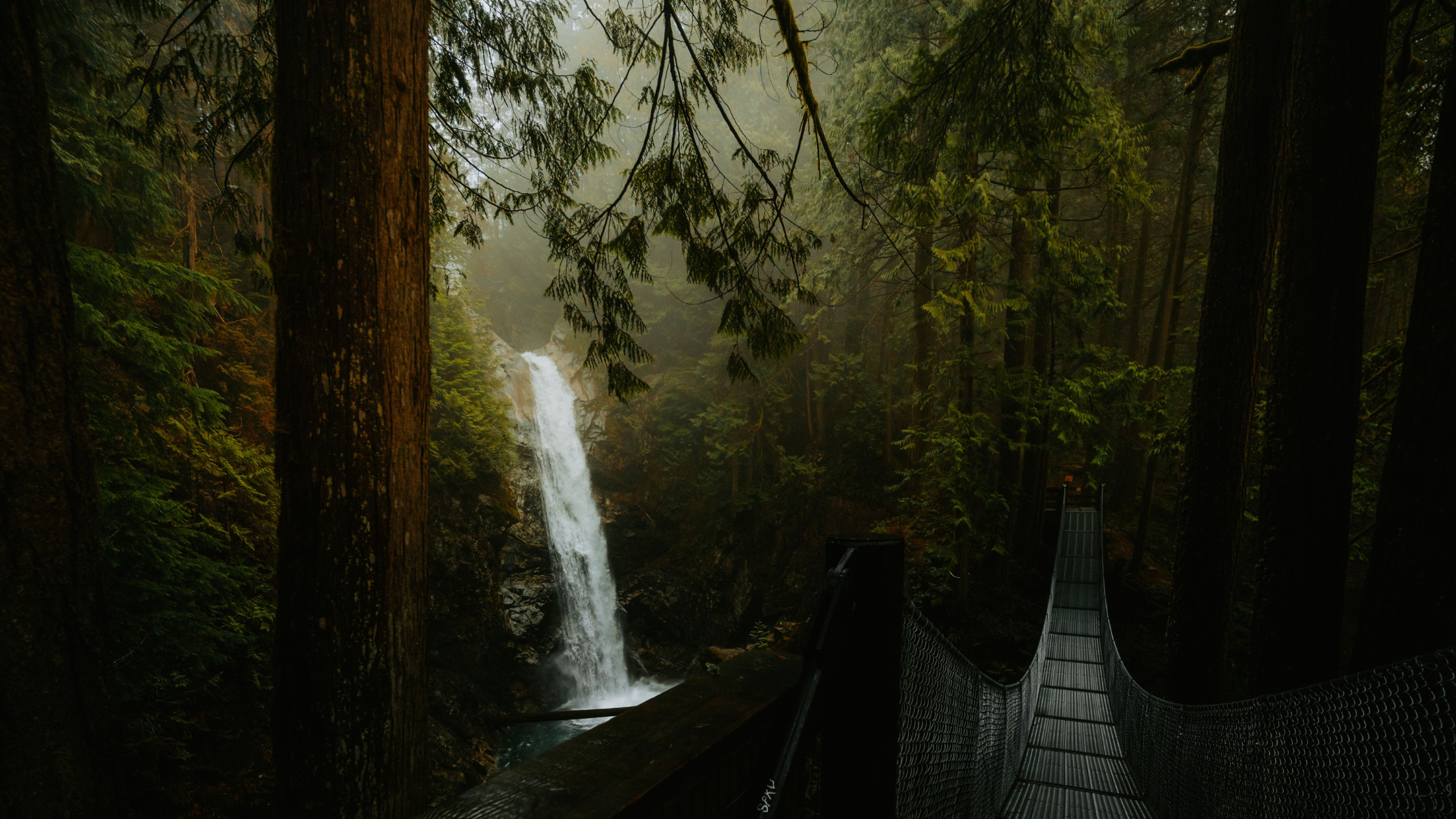
Next Steps At Babine
Durango is committed to advancing the Babine project areas through a combination of systematic and modern exploration techniques. The Company believes these promising returns from both studies reinforce the potential for Babine West to host a mineralized porphyry system within the Company’s claims. The historical geophysics data (magnetics) has been used to identify the most likely areas of early stage alteration throughout the property. Meanwhile, several of the float samples taken were porphyritic from a porphyry stock on the property, which is significant given these are associated with copper mineralization throughout the Babine Porphyry trend including the NAK and Duke discoveries, and the historic Bell and Granisle mines.
- The Company now has several options at its disposal to advance the project. These include:
- Drill clearly defined target areas.Complete detailed surface geological mapping, trenching, and/or sampling.
- Refine or rule out certain target areas with an IP survey.
Management will consider its options internally, as well as in discussions with stakeholders to determine how best to proceed with the project.
